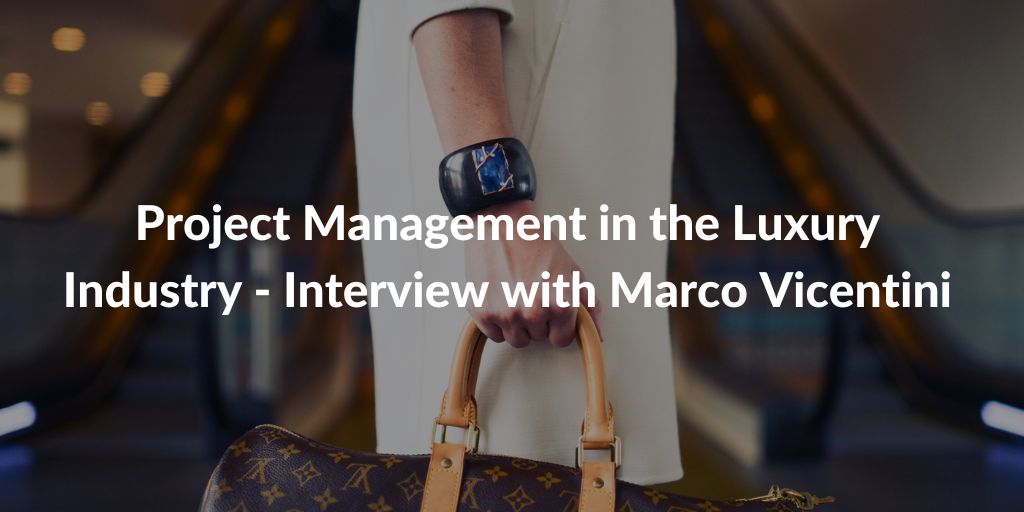What is your role and what do you do specifically?
I cover the role of Site Manager for the two production sites in Ticino of a luxury multinational. It is mainly a coordination role between local business, local IT resources and the corporate IT structure. In addition to this I often act as PM on the ERP implementations that the company uses at the various manufacturing sites around the world. The great thing about my current job is that, besides being quite varied, it allows me to combine purely technical tasks with activities with a higher ‘human content’, such as requirements gathering or analyses with suppliers.
What career path did you take to achieve this role?
Already in high school I had decided that I would like to ‘work with computers’. It was still a rather vague programme, but it eventually led me to a degree in computer engineering. From there, still without a clear direction, I entered the working world, first as a programmer and then as an erp consultant. At some point I had the opportunity to join the IT department of a biomedical multinational where I began to have responsibility for the complete lifecycle of implementations made to the internal management system. The subsequent change led me to my current position. They were looking for someone who could follow the start-up of the Swiss production site on the IT side, acting as a local contact person for the central IT department, and who could also follow up with local suppliers and provide a first-rate helpdesk service
How to combine project management and luxury? What are the biggest challenges of this job?
Given the peculiarities of the industry, excellence and speed of production are two must-haves. Combining quality and timing according to the needs of the production chain while keeping costs under control is the biggest challenge, which requires a good deal of organisation and control to overcome. Luxury, like all fashion, is a highly seasonal industry, where timing is dictated by the market. The IT department is called upon to support the business in achieving its goals, so I often find myself having to ensure that robust and reliable solutions are available within certain timeframes.
How do you combine local, corporate and manufacturing co-ordination worldwide?
The critical aspect is to keep the initiatives generated by ‘local’ needs aligned with the strategies and programmes of the ‘global’ company. In this a big help comes from the standardisation of processes that allow the entire company to speak the same language. Clearly, both vertical (hierarchical) and horizontal communication between different geographic or functional groups is also very important in order to avoid searching for solutions or adopting practices that have already been defined and applied elsewhere. All these aspects, as well as change management, are managed by the company according to ITIL practices.
What do you think will be the next trends to further improve the use of project management in the luxury sector?
Luxury, like many other sectors, is experiencing a constant increase in the pace of innovation. In a very competitive industry, it is necessary to continuously improve and innovate products and the customer experience. Information technology is also called upon to support this corporate effort, just think of how much the importance of big data and artificial intelligence is growing in corporate strategies. Project management (speaking specifically of the IT aspect, but the discourse can easily be generalised) is fundamental to maintaining control and consistency over the use of resources, but it must also be agile enough to go along with the rhythms and changing needs imposed by the market. In this respect, I really appreciated one of PRINCE2’s features, which is the constant verification throughout the project that the final objectives are achievable, still produce the expected value, and the entire project respects the quality, time and cost initially planned.









